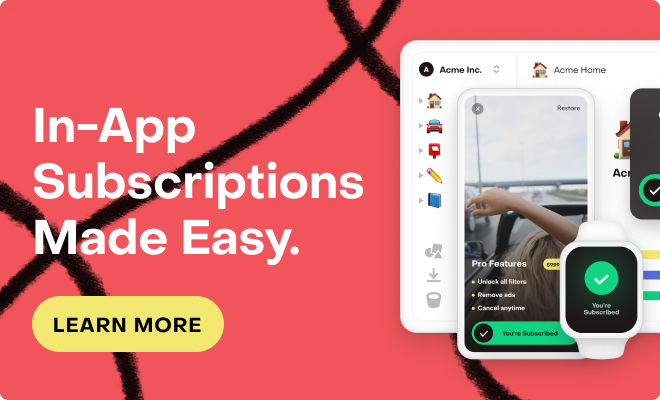Using Flutter, I’ve built out subscriptions for Android & iOS using the RevenueCat Flutter SDK. I was a bit confused as to why there wasn’t support for the Web Platform - so now I am having trouble wrapping my head around how to integrate payments on the web platform.
I have read through all of the documentation regarding integrating web payments with Stripe, and i have the Stripe integration set up - however, I feel that hasn’t given me a good path to move forward on.
Essentially - these are the methods I use to get subscriptions working in my app:
// Should I fetch products from RevenueCat or Stripe on the web?
Future<List<Product>> fetchProducts();
// Should I grab customer information from RevenueCat or Stripe on the web?
Future<bool> identify({required User user});
// I assume this should be handled by Stripe
Future<bool> purchase({required Product product});
The flow of it all is quite difficult for me to understand. For the mobile apps - revenuecat Is the primary channel for subscription information.
For the web, is this different? Do I use one or the other - or is it a combination of both RevenueCat and Stripe?





